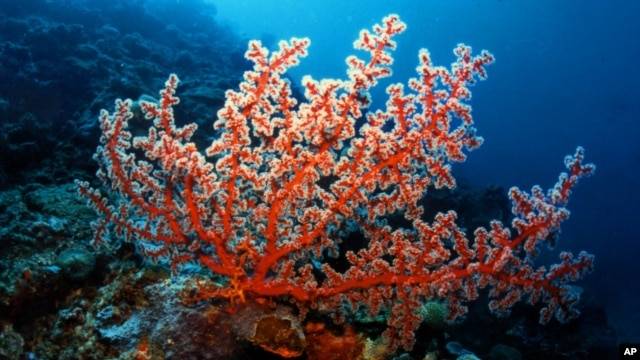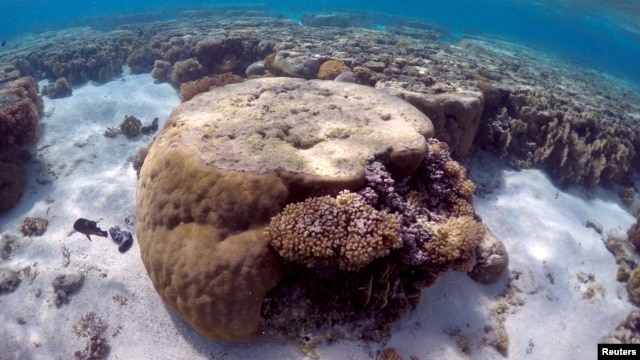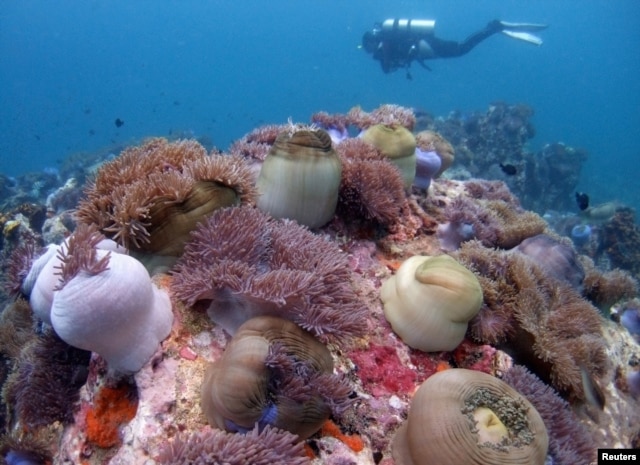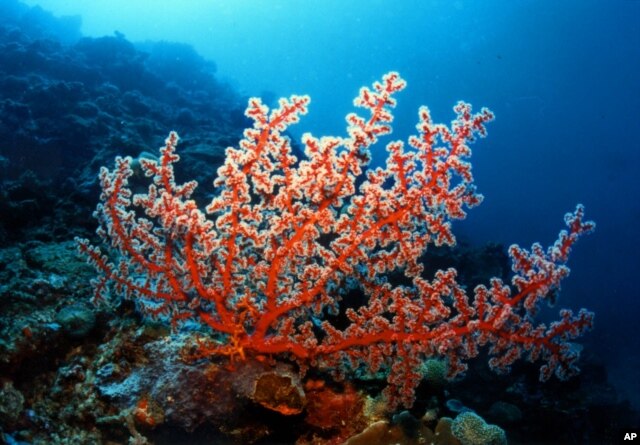This years extreme heat is putting the worlds coral reefs under such severe stress that scientists fear widespread die-offs, endangering not only the richest ecosystems in the ocean but also fisheries that feed millions of people.
From Thailand to Texas, corals are reacting to the heat stress by bleaching, or shedding their color and going into survival mode. Many have already died, and more are expected to do so in coming months. Computer forecasts of water temperature suggest that corals in the Caribbean may undergo drastic bleaching in the next few weeks.
What is unfolding this year is only the second known global bleaching of coral reefs. Scientists are holding out hope that this year will not be as bad, over all, as 1998, the hottest year in the historical record, when an estimated 16 percent of the worlds shallow-water reefs died. But in some places, including Thailand, the situation is looking worse than in 1998.
http://www.nytimes.com/2010/09/21/science/earth/21coral.html
From Thailand to Texas, corals are reacting to the heat stress by bleaching, or shedding their color and going into survival mode. Many have already died, and more are expected to do so in coming months. Computer forecasts of water temperature suggest that corals in the Caribbean may undergo drastic bleaching in the next few weeks.
What is unfolding this year is only the second known global bleaching of coral reefs. Scientists are holding out hope that this year will not be as bad, over all, as 1998, the hottest year in the historical record, when an estimated 16 percent of the worlds shallow-water reefs died. But in some places, including Thailand, the situation is looking worse than in 1998.
http://www.nytimes.com/2010/09/21/science/earth/21coral.html






